Blogs & News
We are focus on automotive wiring harness & connectors technology.
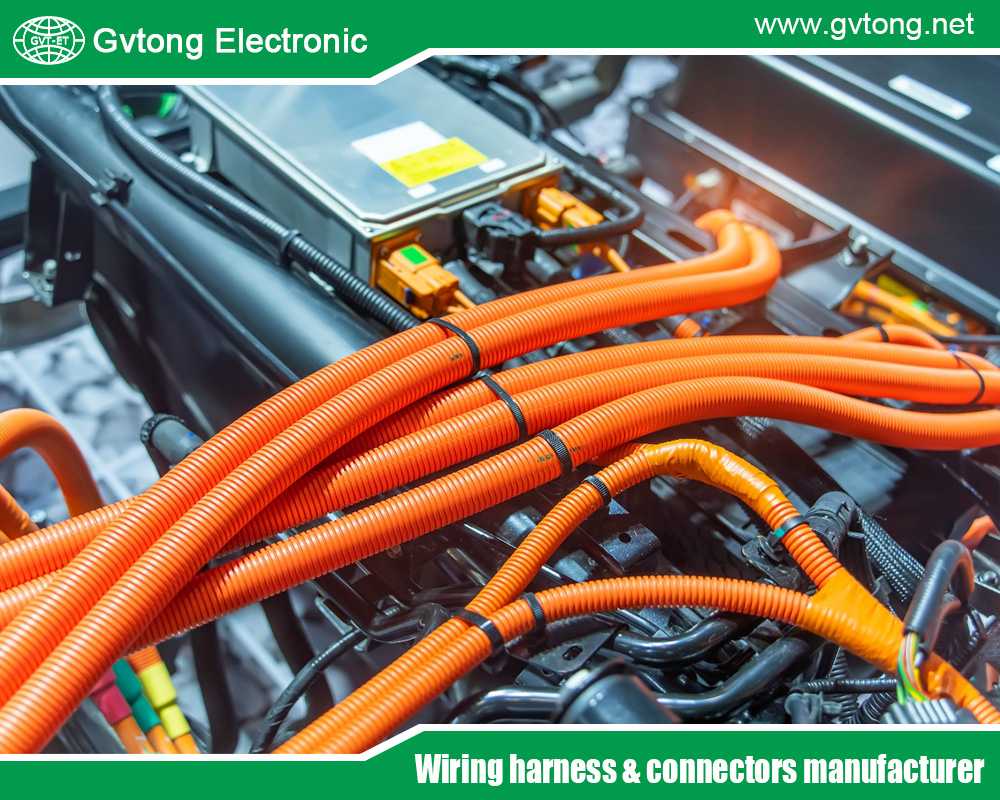
Discover How You Can Find a More Suitable Battery Management System Automotive Connector
- Gvtong Electronic
- 10-cavity connector manufacturer, 12 volt 2 pin waterproof connector, 12 volt automotive wire connectors, 2 Pin Way Car Waterproof Electrical Connector, 2-cavity connectors manufacturer, 3-cavity connectors, adas automotive connector, ADAS automotive connectors, ADAS automotive connectors supplier, Anti-vibration automotive connectors, Automotive Camera Connectors, automotive connector, Automotive Connector and Cable Products, automotive connector companies, Automotive Connector Factory, automotive connector manufacturer, automotive connector manufacturers, automotive connector market, automotive connector suppliers, automotive electrical connector manufacturers, automotive electrical connectors manufacturers, automotive electrical distribution systems, automotive miniaturized coaxial connector, automotive multi pin connectors, automotive power connectors, automotive pressure connectors, automotive waterproof wire connectors, Battery Automotive Connector, battery connector, battery management system automotive connector, Battery System Automotive Connector, high current connectors automotive, high voltage connectors automotive, hybrid connectors automotive, mini-coax automotive connector, modular connectors automotive, oem automotive connectors, oem automotive electrical wiring connectors
- No Comments
Discover How You Can Find a More Suitable Battery Management System Automotive Connector
In the rapidly evolving world of electric vehicles (EVs) and hybrid electric vehicles (HEVs), the battery management system (BMS) stands as a critical component that ensures the safe, efficient, and reliable operation of the vehicle’s power source. A BMS monitors and manages the battery pack’s performance, including cell balancing, temperature control, voltage regulation, and state-of-charge estimation. As EVs continue to gain prominence—driven by global efforts to reduce carbon emissions and dependence on fossil fuels—the demand for robust BMS solutions has skyrocketed. However, one often overlooked yet essential element in this ecosystem is the automotive connector. These connectors serve as the vital links between battery cells, modules, sensors, and the central control unit, facilitating the seamless transmission of power, data, and signals.
Choosing the right battery management system automotive connector for your BMS is not just a matter of compatibility; it’s about optimizing performance, enhancing safety, and ensuring longevity in harsh automotive environments. Poorly selected connectors can lead to issues like signal interference, power loss, overheating, or even catastrophic failures, which could compromise vehicle safety and efficiency. With the automotive industry shifting toward higher voltage systems (often exceeding 400V in modern EVs), connectors must handle increased electrical loads while withstanding vibrations, extreme temperatures, moisture, and electromagnetic interference (EMI).
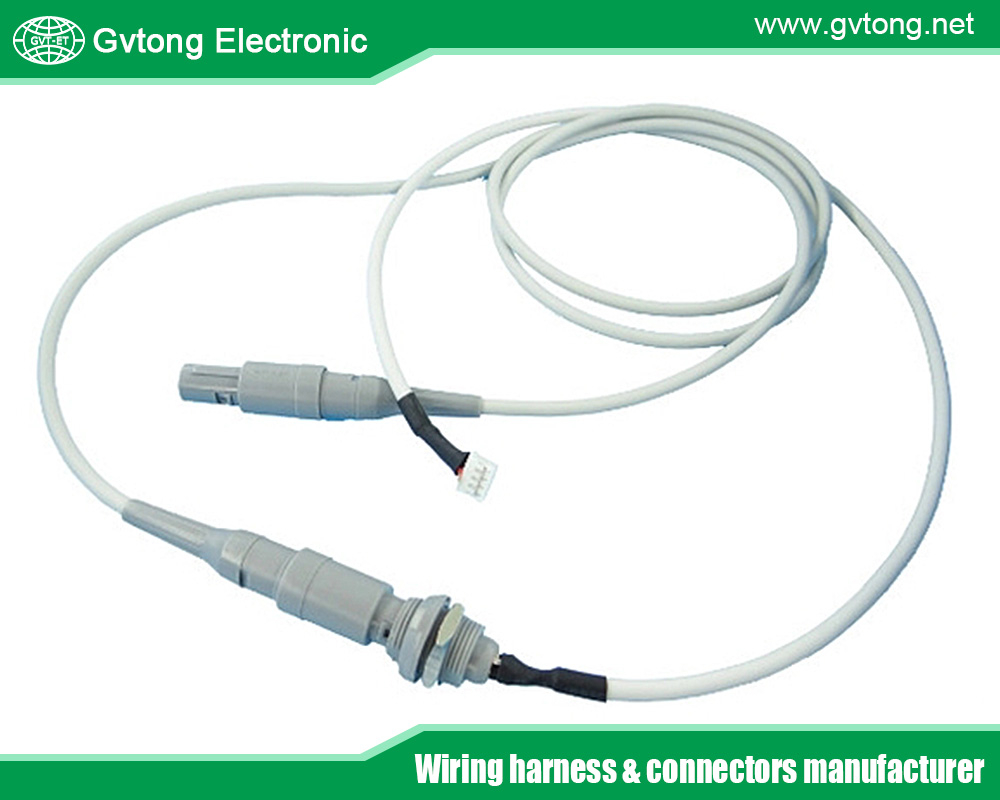
This article aims to guide engineers, designers, and procurement specialists through the process of selecting a more suitable automotive connector for BMS applications. We’ll explore the types of connectors available, key factors to consider, relevant standards and certifications, and practical steps to make an informed choice. By the end, you’ll have the tools to identify connectors that not only meet your technical requirements but also align with cost, scalability, and future-proofing needs. Drawing from industry insights and best practices, this comprehensive guide will help you navigate the complexities of automotive connectivity in the era of electrification.
The importance of connectors in BMS cannot be overstated. In a typical EV battery pack, which may consist of hundreds of lithium-ion cells arranged in modules, connectors enable precise monitoring and control. For instance, they connect temperature sensors, voltage measurement wires, and communication buses like CAN (Controller Area Network) to the BMS controller. As battery capacities grow—reaching 100 kWh or more in premium EVs—the connectors must support higher current ratings without excessive heat buildup. Moreover, with the rise of fast-charging technologies and bidirectional vehicle-to-grid (V2G) systems, connectors play a pivotal role in maintaining system integrity under dynamic loads.
Understanding BMS and Connector Needs
To select the right connector, it’s essential to first grasp the architecture of a BMS and how connectors fit into it. A BMS typically comprises hardware like sensors, microcontrollers, and power electronics, along with software for data processing and fault detection. In EVs, the BMS oversees the high-voltage battery pack, which operates at voltages from 300V to 800V or higher in next-generation models. Connectors in this setup must bridge low-voltage control circuits (e.g., 12V or 5V for sensors) with high-voltage power paths, often requiring hybrid designs that integrate power and signal contacts in a single housing.
The primary needs for battery management system automotive connectors stem from the automotive environment’s demands. Vehicles encounter constant vibrations from road conditions, thermal cycling from -40°C to +125°C, and exposure to dust, water, and chemicals. Connectors must provide secure mating to prevent disconnections, which could lead to data loss or power interruptions. Additionally, EMI shielding is crucial, as the proximity to high-power components like inverters and motors can introduce noise that disrupts sensitive BMS signals.
In terms of functionality, BMS connectors often include features like locking mechanisms for vibration resistance, color-coding for error-proof assembly, and modular designs for scalability. For example, in a distributed BMS architecture—where module-level controllers communicate with a master unit—connectors facilitate daisy-chaining of modules, reducing wiring complexity and weight. This is particularly important in EVs, where minimizing vehicle mass directly impacts range and efficiency.
Moreover, the shift toward solid-state batteries and advanced chemistries like lithium-metal or sodium-ion introduces new connector challenges. These batteries may require connectors with enhanced thermal management, such as integrated cooling channels or materials with high thermal conductivity. As automakers like Tesla, BMW, and Toyota push for longer-range vehicles, BMS connectors must evolve to support denser battery packs with tighter space constraints.
Industry experts emphasize that connector selection should align with the overall system design. For instance, in high-performance EVs, connectors with low contact resistance are vital to minimize energy losses, which can accumulate and reduce battery life. Similarly, for commercial vehicles like electric buses or trucks, connectors need to endure higher cycle counts due to frequent charging and heavy-duty operations.
Types of Connectors Used in BMS for Electric Vehicles
When it comes to BMS in EVs, several types of connectors are commonly employed, each tailored to specific applications within the system. Understanding these types is key to finding a suitable match for your needs.
- Wire-to-Board Connectors: These are prevalent in BMS for connecting sensor wires to printed circuit boards (PCBs) in module controllers. They offer compact footprints and high pin densities, ideal for space-limited battery modules. Examples include Molex’s Flexi-Latch+ series, which provides robust latching for vibration-prone environments.
- Board-to-Board Connectors: Used for interconnecting multiple PCBs within the BMS, these ensure reliable data transfer between sub-systems. Amphenol’s HSBridge+ connectors support high-speed data for infotainment and telematics, but they’re also adaptable for BMS monitoring.
- High-Voltage Power Connectors: For power distribution in the battery pack, these handle currents up to 500A or more. Materials like copper or aluminum are common, with hybrid options balancing conductivity and weight. TE Connectivity’s portfolio includes headers specifically for BMS high-voltage applications.
- Sealed Connectors: Essential for environmental protection, these feature IP67 or higher ratings to guard against moisture and dust. JAE’s MX77 series offers sealed designs with overheating-resistant pins, suitable for automotive BMS.
- Custom and Modular Connectors: For bespoke BMS designs, modular systems from manufacturers like Meritec provide EMI-shielded cable assemblies, allowing customization for specific voltage and current requirements. Other variants include quick-connect terminals for battery terminals and CAN bus connectors for communication. In lithium battery setups, connectors like top-post or side-post designs ensure secure connections, with materials such as brass for corrosion resistance. Selecting the type depends on your BMS topology—centralized vs. distributed—and vehicle type. For passenger EVs, compact wire-to-board options suffice, while heavy-duty trucks may require rugged high-voltage variants.
Key Factors to Consider When Choosing Automotive Connectors for BMS
Choosing the right connector involves evaluating multiple factors to ensure it meets your application’s demands. Here’s a detailed breakdown:
- Electrical Requirements: Assess voltage and current ratings. BMS connectors must handle high voltages (up to 1000V) and currents (e.g., 200A for fast charging). Low contact resistance (<5 mΩ) minimizes power loss. Gold or silver-plated contacts enhance conductivity.
- Mechanical Durability: Automotive environments demand connectors that withstand vibrations (up to 50g), shocks, and mating cycles (over 100). Look for locking mechanisms and materials like polyamide or PBT for robustness.
- Environmental Resistance: IP ratings (e.g., IP69K) protect against water, dust, and chemicals. Temperature range (-40°C to +150°C) and corrosion resistance (via coatings) are crucial.
- Size and Space Constraints: Compact designs reduce weight and fit dense battery packs. Consider pin pitch and overall footprint.
- EMI and Signal Integrity: Shielded connectors prevent interference in data-heavy BMS.
- Cost and Scalability: Balance upfront costs with long-term reliability. Modular connectors allow easy upgrades.
- Compatibility and Integration: Ensure compatibility with existing wiring harnesses and standards like USCAR-2.
- Safety Features: Include short-circuit protection and touch-safe designs.
By prioritizing these, you can avoid common pitfalls like overheating or failures.
Standards and Certifications for Battery Management System Automotive Connectors
Compliance with industry standards ensures reliability and safety. Key ones include:
- USCAR-20: Defines performance for automotive electrical connectors, covering sealing, durability, and electrical tests.
- SAE J2622: Specifies tests for 42V systems, extendable to higher voltages, including terminals and connectors.
- ISO 16750-1: Environmental testing for electrical equipment in road vehicles.
- UL 1977: Safety standards for component connectors.
- IEC 61984: For connectors in electrical equipment, focusing on safety.
Certifications like ETL or CSA confirm adherence, enabling global market access.
How to Select: A Step-by-Step Guide
- Define requirements: List voltage, current, environmental specs.
- Research types: Match to BMS architecture.
- Evaluate factors: Use checklists for durability, etc.
- Check standards: Verify compliance.
- Consult manufacturers: Test samples from Molex, TE, etc.
- Prototype and test: Validate in real conditions.
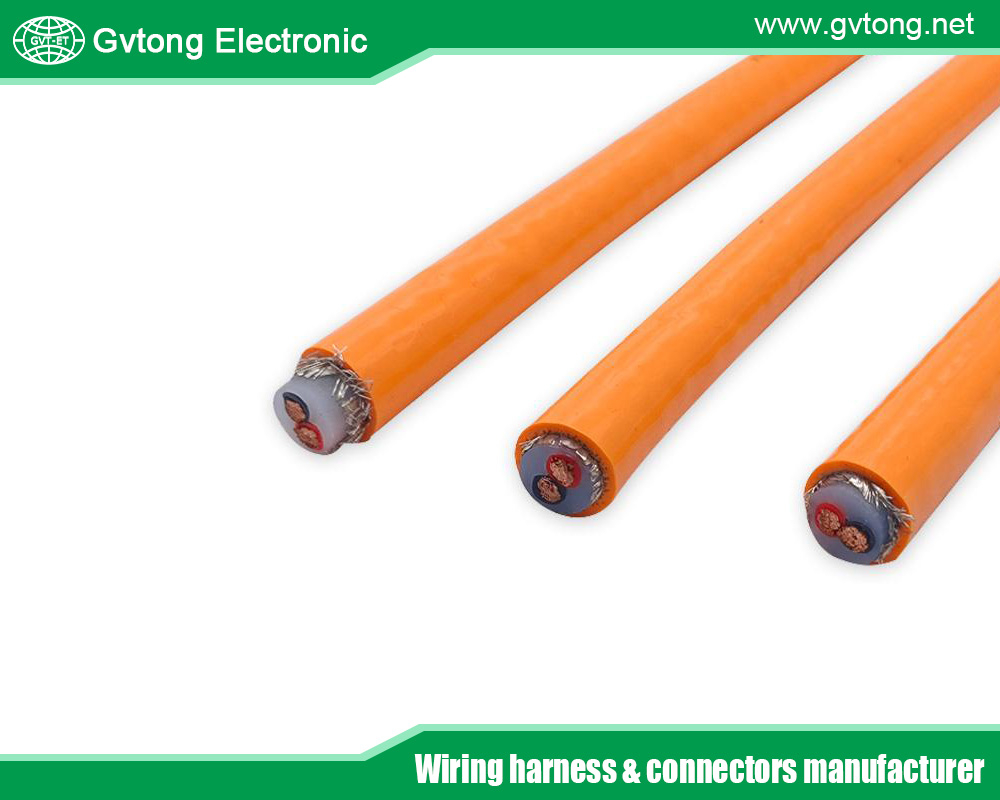
Conclusion
Finding a suitable automotive connector for your BMS requires a holistic approach, balancing technical specs with practical considerations. By focusing on types, factors, and standards, you can enhance your system’s performance and reliability. As EV technology advances, staying informed will keep your designs ahead. Start by assessing your needs and exploring options from trusted suppliers—your BMS’s success depends on it.
For more about discover how you can find a more suitable battery management system automotive connector, you can pay a visit to Gvtong at https://www.gvtong.net/ for more info.
Recent Posts
The Best GR Series-Circular Connectors Manufacturer
The Best GD Series Combined Power Connector Manufacturer
A Guide to Selecting the Best GH Series Plastic Connector Manufacturer
How High Pressure Connectors Work?
The Best Automotive Connector Companies
Tags
Recommended Products
-
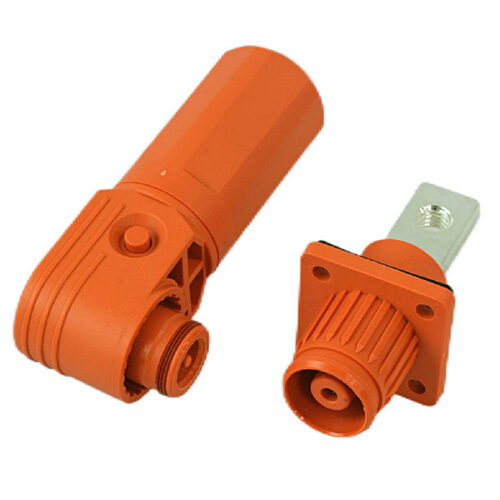
GB Series-Energy Storage Connector-10.0mm
-
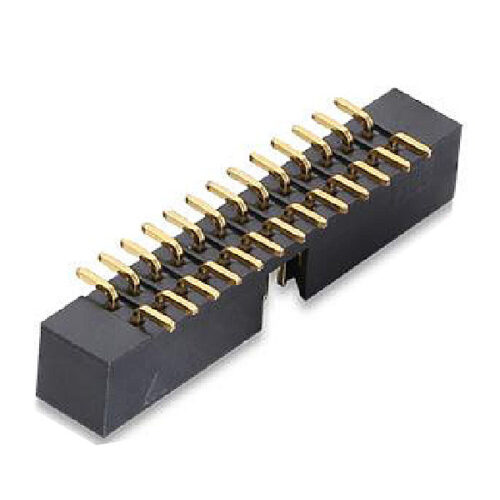
Industrial control exhaust
-
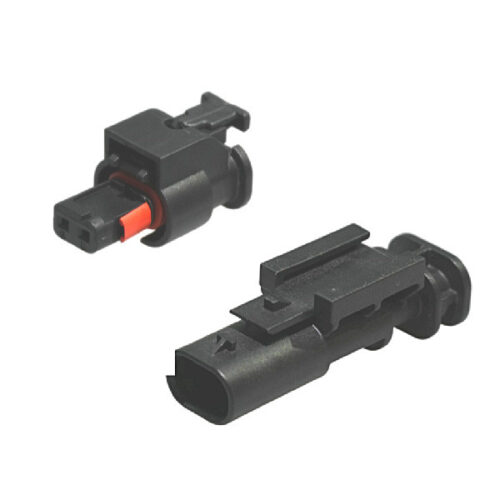
GE Series-2-core cylinder connector
-
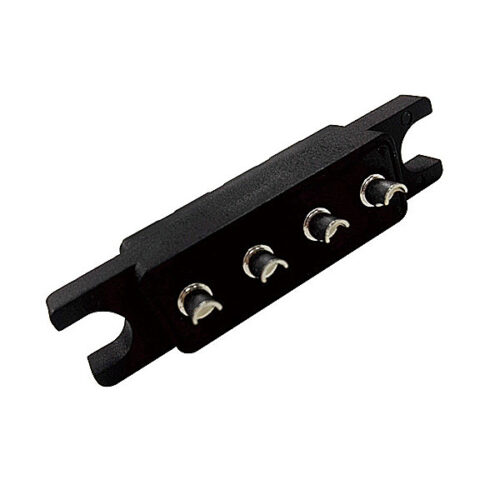
11-pin power connector
-
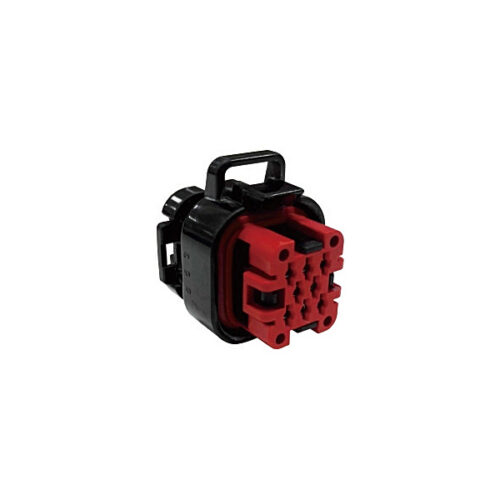
Signal connector – waterproof, three-row, 8-pin
-
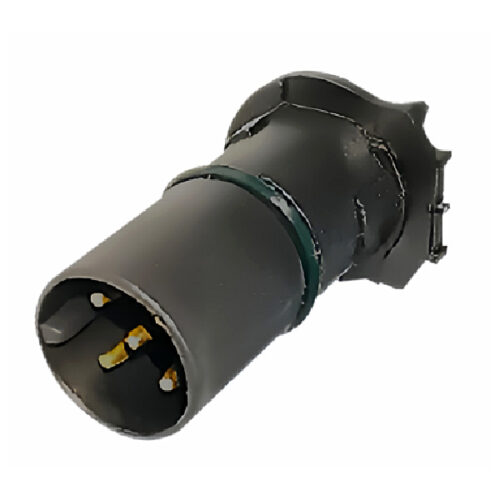
GT Series-Automotive Wiring Pins Connector -5-Pin Socket, 5-Pin Electrical Connectors For Motor Controller
-
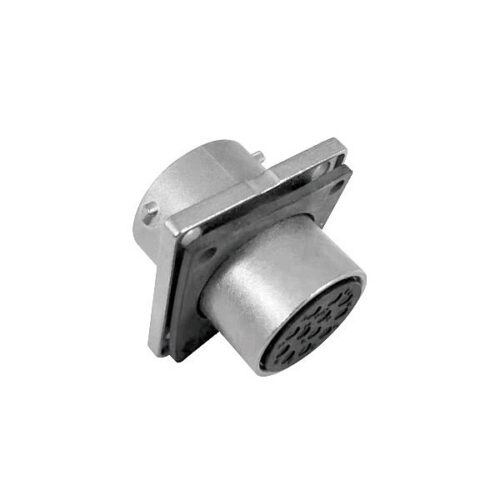
Signal connector-8 core-12#
-
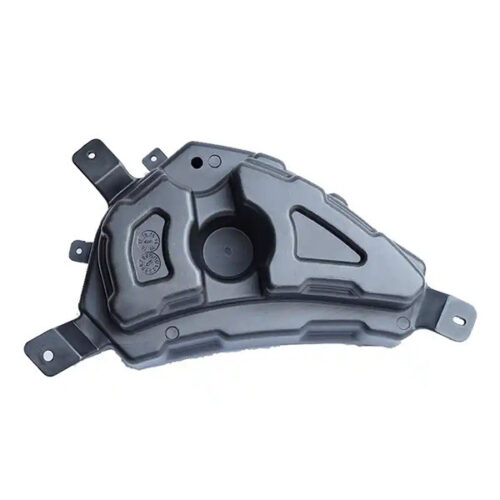
EV’s Plastic Injection Parts
